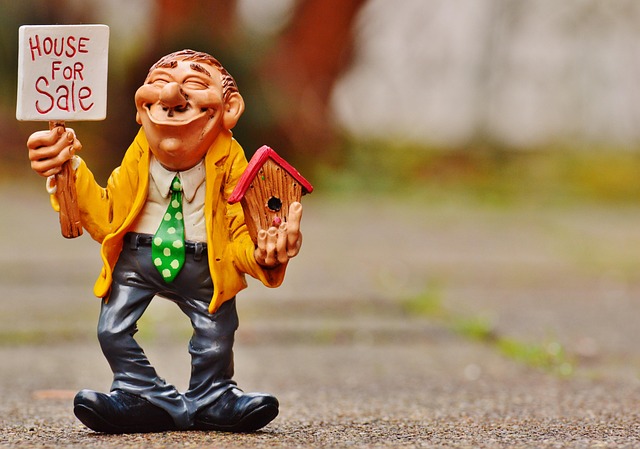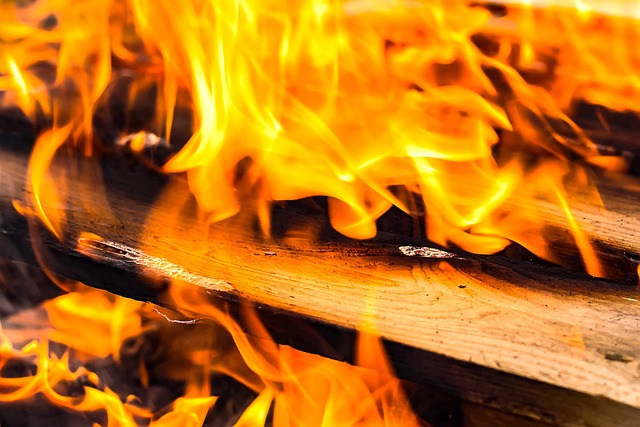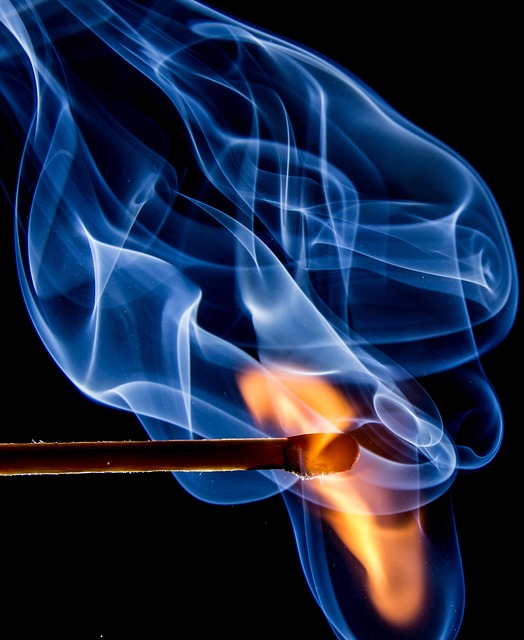House flipping in California, especially with fire-damaged properties, offers unique opportunities for investors. By navigating strict building codes, understanding market demand, and strategically assessing damage, investors can successfully renovate and sell these homes at a profit while contributing to the state's housing stock. Key steps include thorough damage evaluation, local market research, compliance with rehabilitation standards, accurate cost estimation, and creative marketing that highlights the property's potential. Effective strategies for selling fire-damaged houses in California involve transparency, quality visuals, targeted advertising, and building trust with buyers.
“Discover the lucrative yet intricate world of house flipping, especially within California’s unique market. This article guides investors navigating the process of purchasing and rehabilitating fire-damaged properties in the Golden State. From understanding the basics of house flipping to delving into legal considerations and effective marketing strategies, we provide a comprehensive overview. Learn how to assess repair costs, maximize returns, and successfully sell California’s fire-damaged houses, making informed decisions in this specialized real estate niche.”
- Understanding House Flipping: A Quick Overview for Investors
- The California Market: Opportunities and Challenges for Fire-Damaged Properties
- Evaluating Fire Damage: Assessing Repair Costs and Potential Returns
- Legal and Financial Aspects of Buying and Selling Fire-Damaged Homes
- Marketing Strategies for Selling California's Fire-Damaged Houses
Understanding House Flipping: A Quick Overview for Investors

House flipping is a real estate investment strategy where investors purchase undervalued or distressed properties, rehabilitate them, and then sell them at a higher price for a profit. This process involves assessing potential, identifying cost-effective repairs, and understanding market dynamics to maximize returns. In California, selling a fire-damaged house can present unique opportunities due to the state’s robust real estate market and high demand for housing.
Investor interest in fire-damaged properties stems from their potential as renovation projects. While these homes may require substantial repairs after a fire, they often come at below-market prices compared to comparable non-distressed residences. By repairing and revitalizing these properties, investors can create attractive listings that cater to buyers seeking affordable yet updated homes. This strategy not only offers the chance for significant profits but also contributes to California’s real estate landscape by providing well-maintained housing options.
The California Market: Opportunities and Challenges for Fire-Damaged Properties

The California market presents unique opportunities and challenges for house flipping investors, particularly those dealing with fire-damaged properties. With its diverse communities and ever-changing real estate landscape, California offers a vast array of potential flips, from charming suburban homes to urban condos. However, the state’s strict building codes and stringent environmental regulations can significantly impact renovation costs and timelines.
Fire-damaged properties in California, while presenting initial challenges, also hold promise for savvy investors. The high demand for housing in densely populated areas means that even homes requiring extensive repairs can find eager buyers. Additionally, the potential for unique architectural designs and modern updates can make these properties stand out in a competitive market. Selling a fire-damaged house in California requires careful navigation of both regulatory hurdles and buyer preferences, but with strategic planning and a deep understanding of the local market, investors can turn these challenges into opportunities.
Evaluating Fire Damage: Assessing Repair Costs and Potential Returns

When considering a house flipping project in California, evaluating fire damage is a critical step that goes beyond surface-level inspections. It involves assessing both the extent of repairs needed and the potential return on investment (ROI). Start by documenting all visible damage, from charred walls to melted flooring. Engage professional contractors for a thorough evaluation of hidden damages, like structural integrity issues or compromised electrical systems. This comprehensive assessment will help determine repair costs, which can vary widely based on the severity of the fire and required restoration work.
Consider both short-term and long-term repairs, as well as potential upgrades to increase the property’s value. Research local market trends for similar properties in comparable conditions to gauge competitive selling prices. A careful analysis ensures you’re not underestimating costs or overpaying for a house that may require substantial investments before it can be resold profitably.
Legal and Financial Aspects of Buying and Selling Fire-Damaged Homes

When it comes to buying and selling fire-damaged homes in California, there are several legal and financial considerations that house flipping investors must be aware of. The first step is understanding local regulations regarding property rehabilitation and rebuilding standards. Each city and county in California may have unique codes and permits required for repairing and reselling a fire-affected property. Investors need to ensure they comply with these regulations to avoid legal issues and potential fines.
From a financial perspective, assessing the extent of damage and repair costs is crucial. Fire damage can vary greatly, from minor smoke and water stains to complete structure destruction. Investors should thoroughly inspect the property and obtain accurate estimates for repairs. In some cases, insurance proceeds may cover a significant portion of these costs. However, investors are responsible for ensuring the final sale price reflects the market value after repairs, adhering to local real estate practices in California.
Marketing Strategies for Selling California's Fire-Damaged Houses

When it comes to marketing strategies for selling fire-damaged houses in California, creativity and transparency are key. In a state prone to wildfires, many properties will inevitably face this challenge. To stand out among competitors and attract buyers, investors must showcase the potential beyond the damage. Emphasize the resilience of the location—California’s diverse landscapes offer immense appeal. Highlight nearby amenities, scenic views, or upcoming community developments to paint a compelling picture of future prospects.
Effective marketing can turn a fire-damaged house into a desirable opportunity. Utilize high-quality photography and virtual tours to showcase repairs and potential redesigns. Social media platforms allow for targeted advertising, reaching both local buyers seeking real estate investments and out-of-state investors interested in California’s market. Additionally, networking within industry groups and hosting open houses can generate interest. Remember, effective communication about the property’s history and the steps taken to restore it will be essential in fostering trust with potential buyers.
House flipping in California, particularly with fire-damaged properties, presents both opportunities and challenges. By thoroughly understanding the market dynamics, evaluating repair costs accurately, navigating legal and financial aspects, and employing effective marketing strategies, investors can successfully navigate this niche segment. Selling a fire damaged house in California requires a meticulous approach, but with the right knowledge and tactics, it can be a lucrative venture for the astute investor.






